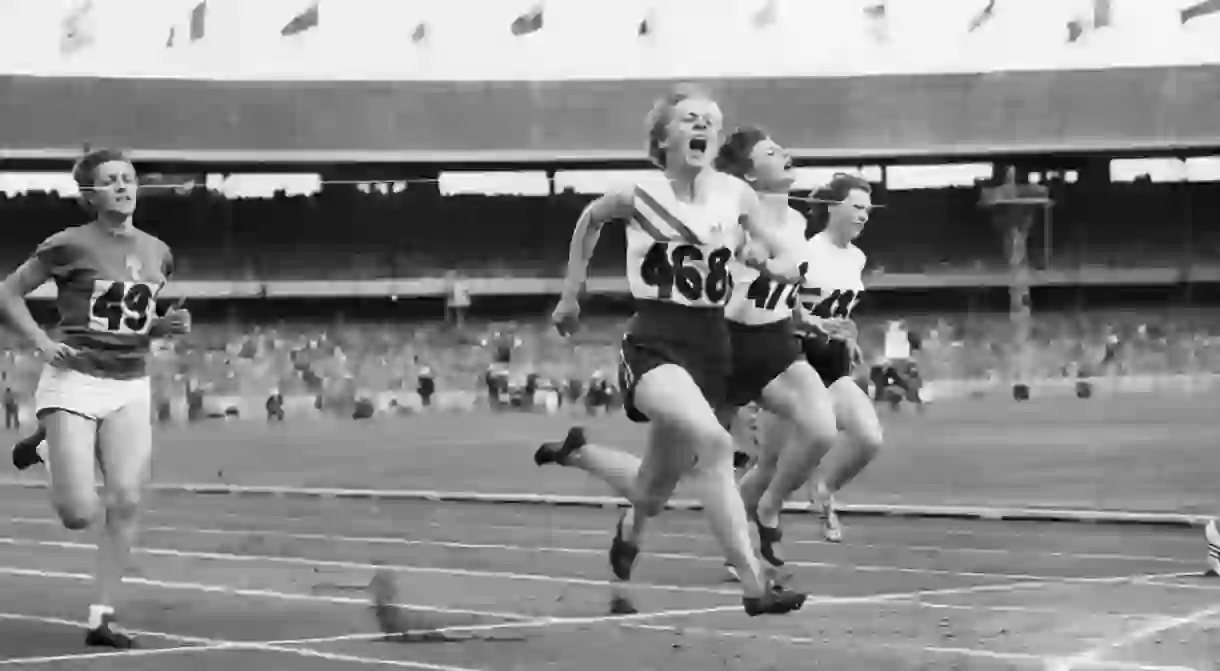A Brief History Of The Melbourne 1956 Olympic Games

Melbourne was selected as the host city for the 1956 Summer Olympics at the 43rd International Olympic Committee Session in Rome, Italy in 1949. These Games would be the first time the Olympics would be held in the Southern Hemisphere and Oceania, and it also marked the first occasion that the Games were played outside of Europe and North America. However, in the lead up to the Games, there were a series of boycotts, political problems, and controversy that threatened to overshadow what would come to be known as the “Friendly Games”.

The first problems arose when Australian equine quarantine laws prevented the equestrian events from taking place in Melbourne. Instead, the equestrian portion of the games was held in Stockholm, marking the second time in Olympic history that the Games were spread across two cities (the first being in 1920). 158 athletes from 29 countries competed in equestrian events in June 1956, almost six months before the Melbourne games.
The second problem was of a political nature. The Premier of Victoria declined to allot money to the construction of an Olympic Village, and Prime Minister Sir Robert Menzies refused to allocate federal funds. In fact, the situation looked so dire that Rome, who were already prepared for the 1960 Games, were on standby as a replacement site. In April 1955, IOC President Avery Brundage made a trip to Melbourne and was left feeling unsatisfied that the city could host the Games with construction lagging so behind schedule. After a $4.5 million federal loan to Victoria, the city was able to complete preparations and by the start of 1956, it was clear that our city would be ready in time.
The Games were also riddled with international tensions, with Egypt, Iraq, and Lebanon boycotting the event in response to the Suez Crisis. The Netherlands, Spain, and Switzerland also pulled out of the Games due to the participation of the Soviet Union. Two weeks prior to the commencement of the Games, the People’s Republic of China decided against their involvement because the Republic of China were competing. In total, 67 countries participated, but the number of athletes fell from 4,925 to 3,342.
Among the most memorable moments at the 1956 Olympic Games was the vicious water polo match between warring countries Hungary and the Soviet Union. East and West Germany also put aside their differences and joined forces in a combined team.
Celebrated Australians included Betty Cuthbert, also known as the ‘golden girl’ of the 1954 Melbourne Olympics, who won gold in the 100 metre, 200 metre and 4 x 100 metre relay. Her 100 metre time of 11.4 seconds set an Olympic record. If Cuthbert was the golden girl, then swimmer Murray Rose was the golden boy. Rose was hailed a national hero after winning three gold medals and becoming the youngest Olympian to have ever been awarded three gold medals within a single Olympic Games. He won in the 400 metre and 500 metre freestyle events as well as the 4 x 200 metre freestyle relay.

Throughout the Games, 469 medals were awarded. Australia came in third position with 35 medals, the United States was awarded 74 medals and the Soviet Union won a total of 94 medals.
During the 1956 Melbourne Games, 14 venues were used including the MCG, Royal Exhibition Building, St Kilda Town Hall, West Melbourne Stadium (Festival Hall) and the Royal Australian Air Force, Laverton Air Base. The Olympic Village in Heidelberg West is now used as public housing.
In 2000, 44 years after the 1956 Melbourne Olympics, Sydney hosted the Games, and Australia picked up 58 medals including 16 gold.













